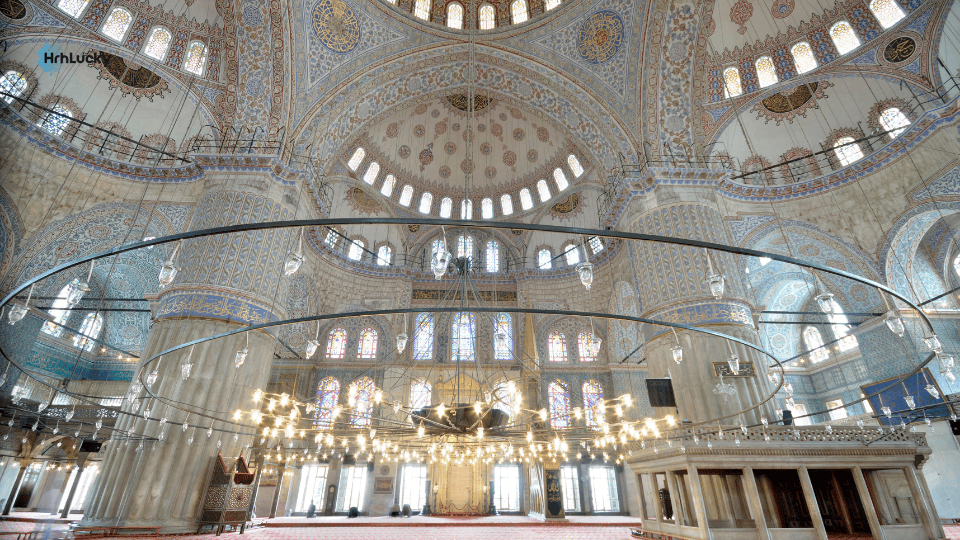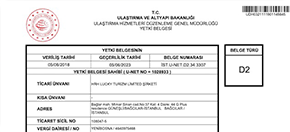How To Go To Blue Mosque By Subway-Tramway?
Simple guide on how to reach the Blue Mosque by subway and tramway:
By Subway: Depending on your starting location, take the Istanbul Metro to reach the closest interchange station for the tramway network, which would typically be Zeytinburnu or Aksaray stations.
From Zeytinburnu/Aksaray to Sultanahmet by Tramway: Once you reach Zeytinburnu or Aksaray on the subway, switch to the T1 Tram Line. The T1 Tram Line has a station conveniently named 'Sultanahmet', which is directly in front of both the Blue Mosque and the Hagia Sophia.
Remember to keep some change handy to buy tokens for the tramway, or even better, get an Istanbulkart if you plan to use public transport frequently during your stay. It's a refillable card that works on all buses, trams, ferries, and metros across Istanbul.
Also, be prepared for crowds during peak times as both the subway and tramway can get quite busy. But don't worry, the transportation signage is fairly clear and announcements on the trams are made in English as well as Turkish, so you should find your way comfortably.
Once you reach the Sultanahmet station, the Blue Mosque is just a short walk away.
Is the Blue Mosque and Hagia Sophia the same?
No, the Blue Mosque and Hagia Sophia are not the same. The Hagia Sophia was originally built as a Christian cathedral in 537 AD under the Byzantine Emperor Justinian I and was later converted into a mosque in 1453 after the Ottoman conquest of Constantinople. It served as a mosque until 1935, when it was secularized and turned into a museum. It was reconverted into a mosque in 2020. The Blue Mosque, or Sultan Ahmed Mosque, was built much later, between 1609 and 1616, and has always functioned as a mosque.
What is the Blue Mosque?
The Blue Mosque, officially known as Sultan Ahmed Mosque, is a historic mosque in Istanbul, Turkey. Famous for its striking blue tile work that adorns its interior walls, it remains an active place of worship while also being a major tourist attraction due to its magnificent Ottoman architecture and historical significance.
When was the Blue Mosque built?
The Blue Mosque was constructed between 1609 and 1616 during the rule of Ottoman Sultan Ahmed I.
Where is the Blue Mosque?
The Blue Mosque is located in the Sultanahmet district of Istanbul, Turkey. It is situated across from Hagia Sophia, another iconic building in the heart of the historic quarter of Istanbul.
Who built the Blue Mosque?
The Blue Mosque was commissioned by Sultan Ahmed I and designed by the architect Sedefkâr Mehmed Ağa, a pupil of Sinan, the most famous of all Ottoman architects.
Why does the Blue Mosque have 6 minarets?
The inclusion of six minarets was originally controversial because it was the same number as the Great Mosque of Mecca, the holiest site in Islam. Sultan Ahmed I resolved this by funding a seventh minaret for the mosque in Mecca. The six minarets signify the mosque's importance and the Sultan's ambition and power at the time of its construction.
Why is it called the Blue Mosque?
It is called the Blue Mosque because of the blue tiles surrounding the walls of its interior. These hand-painted tiles are adorned with traditional Ottoman patterns and are a key feature that enhances the mosque's aesthetic and atmospheric beauty.
Why was the Blue Mosque built?
The Blue Mosque was built to reassert Ottoman power and to compete with the grandeur of Hagia Sophia and other prominent structures in Istanbul. It was also intended as a piety act by Sultan Ahmed I, aimed at endearing him to his subjects and securing his place in history. The mosque was part of a larger complex that included schools, a market, a hospital, and various charitable institutions serving the community.






